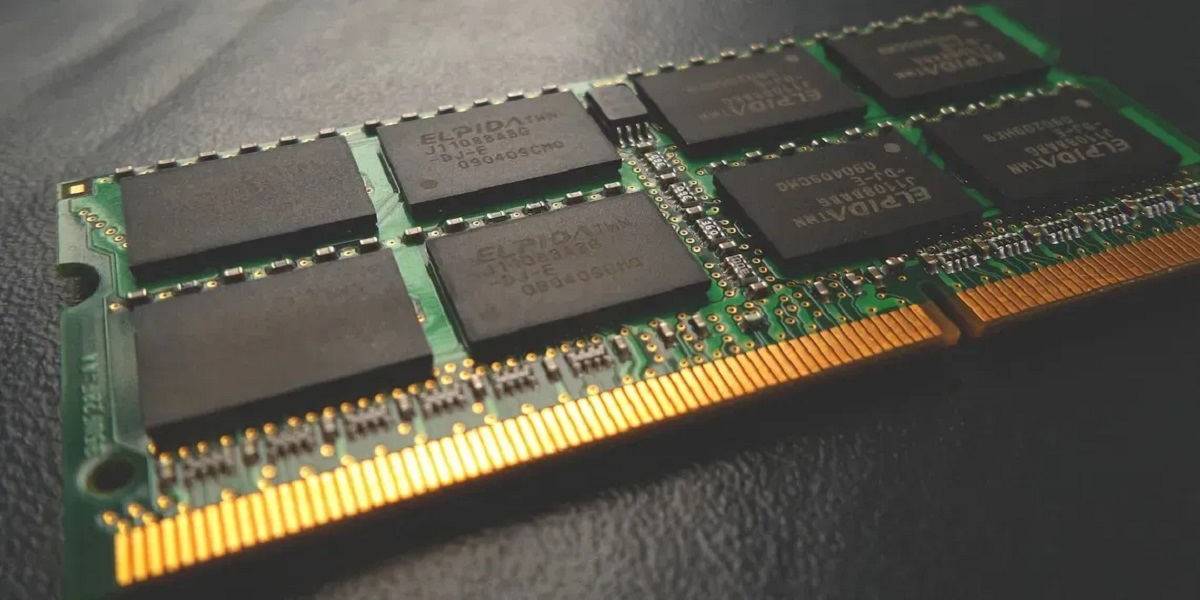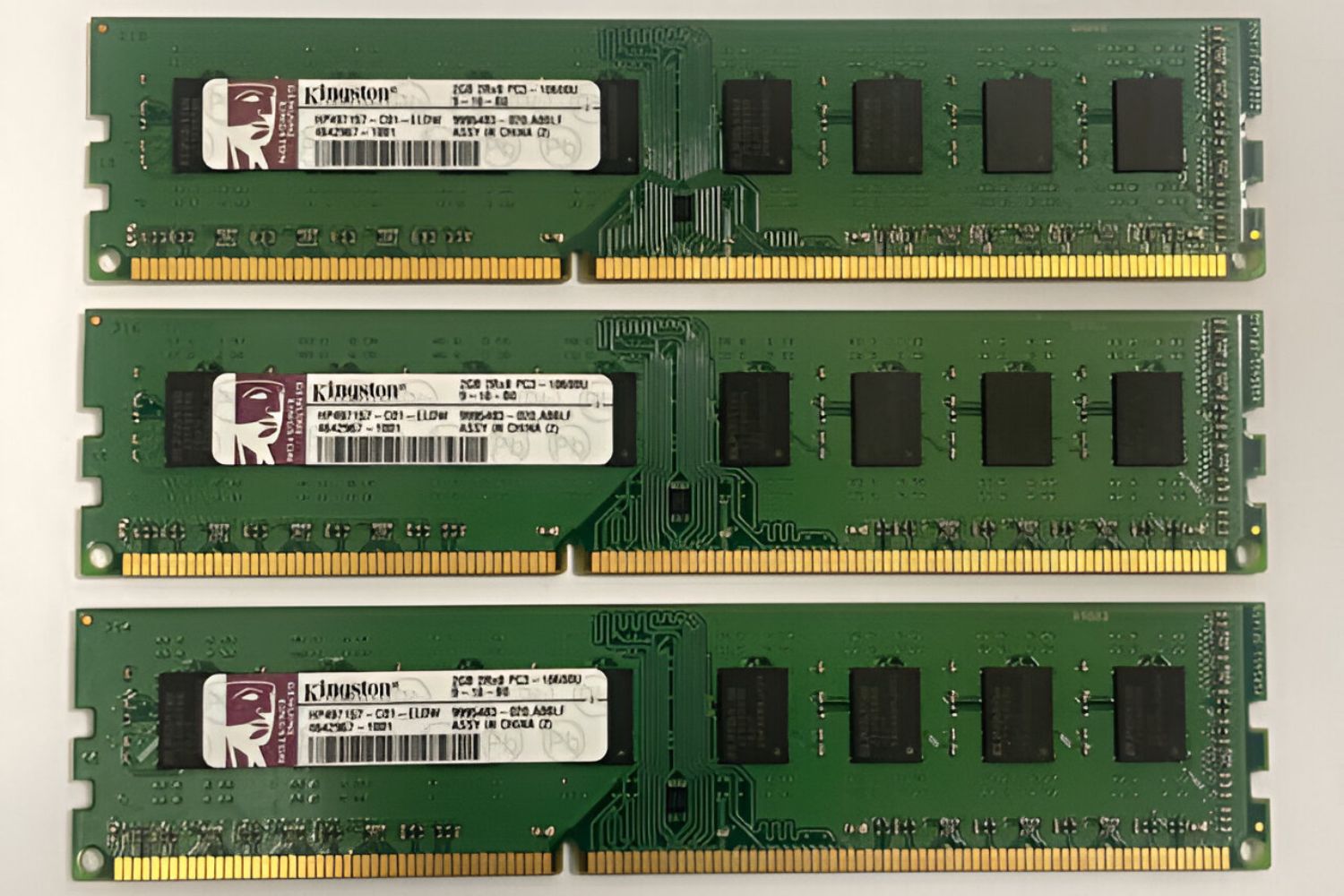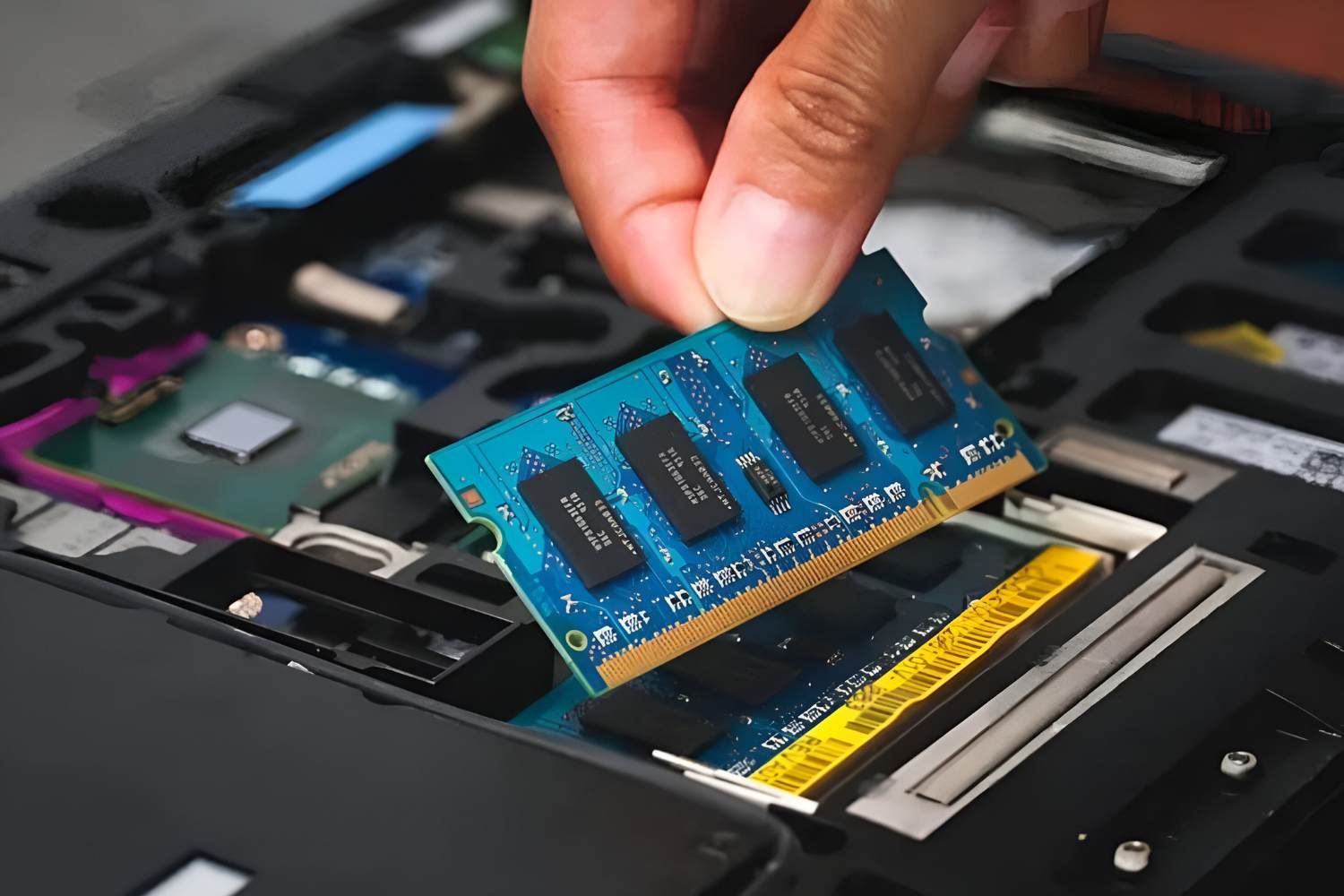Introduction
When it comes to computer performance, one crucial factor to consider is the amount of RAM (Random Access Memory) your system has. RAM plays a vital role in determining how efficiently your computer can handle multiple tasks and run resource-intensive applications.
Knowing the amount of RAM your computer has is essential for various reasons. It helps you understand if your system meets the minimum requirements for certain software or games, allows you to determine if your computer needs a RAM upgrade, and helps troubleshoot performance issues.
In this article, we will explore different methods to check the amount of RAM on various devices such as Windows computers, Macs, Linux systems, Chromebooks, and even smartphones and tablets. Whether you’re a tech-savvy individual or just a curious user, the following steps will guide you in finding out the RAM capacity of your device.
So, let’s dive in and learn how to tell how much RAM your computer has!
Checking RAM on Windows
Windows provides several methods to check the amount of RAM on your computer. Here are a few simple ways to do it:
- Task Manager: Press
Ctrl + Shift + Escto open the Task Manager. In the Task Manager window, go to the Performance tab. Here, you will find the total amount of RAM displayed under the Memory section. - System Information: Press
Win + Rto open the Run dialog box. Typemsinfo32and hit Enter. The System Information window will open, showing you various details about your computer. Look for the Installed Physical Memory (RAM) field to find the amount of RAM installed. - Control Panel: Go to the Control Panel by typing it in the search bar or accessing it through the Start menu. In the Control Panel, click on System and Security and then select System. Under the System section, you will find the amount of RAM listed next to Installed memory (RAM).
These methods should allow you to quickly check the amount of RAM on your Windows computer. Knowing your RAM capacity will come in handy when making decisions about software compatibility, system upgrades, and troubleshooting any performance issues.
Checking RAM on Mac
If you’re using a Mac, there are a few simple methods to check the amount of RAM on your machine. Here’s how:
- About This Mac: Click on the Apple menu in the top-left corner of your screen and select About This Mac. In the Overview tab, you will see the amount of installed RAM displayed next to Memory.
- System Information: Open the Applications folder, then go to the Utilities folder, and launch System Information. In the System Information window, expand the Hardware section and select Memory. Here, you will find detailed information about your RAM, including the total capacity and the number of memory slots in use.
By following these steps, you can easily determine the amount of RAM available on your Mac. This information is useful for ensuring software compatibility, planning system upgrades, and troubleshooting any performance issues you may encounter.
Checking RAM on Linux
If you’re using a Linux system, there are various methods to check the amount of RAM installed. Here are a couple of common approaches:
- Free Command: Open the terminal and type
free -h. This command will display the memory information in human-readable format, including the total amount of RAM under the total column. - htop: If you have htop installed, open the terminal and type
htop. This command will open a dynamic monitoring tool that displays system resources. In the memory section, you can find the total amount of RAM available.
These methods should help you determine the amount of RAM on your Linux system. Whether you’re planning to use resource-intensive applications or troubleshooting any performance issues, knowing the RAM capacity is crucial for optimal system performance.
Checking RAM on Chromebook
If you’re using a Chromebook and want to check the amount of RAM installed, you can follow these steps:
- About Chrome OS: Click on the clock in the bottom-right corner of the screen, and then click on the gear icon to access the Settings menu. In the Settings menu, scroll down and click on About Chrome OS. Under the Device section, you will find the installed RAM listed next to Memory.
- Chromebook Recovery Utility: Install the Chromebook Recovery Utility from the Chrome Web Store. Once installed, launch the app and select your Chromebook model from the drop-down menu. On the next screen, click on the gear icon labeled Configure. A pop-up window will appear, displaying the amount of RAM installed.
By following these steps, you can easily determine the amount of RAM on your Chromebook. This information is useful for understanding your device’s capabilities, especially when it comes to running multiple applications or working with memory-intensive tasks.
Checking RAM on Smartphones and Tablets
If you’re using a smartphone or tablet and want to check the amount of RAM installed, here’s how you can do it:
Android:
- Settings: Open the Settings app on your Android device. Scroll down and look for the About phone or About device option. Tap on it, and then select Memory or Memory and Storage. Here, you will find the total amount of RAM listed.
- Developer Options: On some Android devices, you can enable Developer Options to access more advanced settings. To do this, go to the Settings app and find the About phone or About device option. Scroll down to Build number and tap on it seven times to enable Developer Options. Once enabled, go back to the main Settings menu and select Developer options. Look for the Memory section, and you will see the total amount of RAM displayed.
iOS (iPhone/iPad):
- Settings: Open the Settings app on your iPhone or iPad. Scroll down and tap on General. Then, select About. Here, you will find the total amount of RAM listed next to Installed RAM or Memory.
- Xcode (for advanced users): If you have Xcode installed on your Mac, you can connect your iPhone or iPad to your computer and open Xcode. Go to the Window menu and select Devices and Simulators. Select your device from the list, and you will find the Capacity field, which indicates the amount of RAM on your device.
These methods should help you determine the amount of RAM on your smartphone or tablet. Knowing the RAM capacity is essential for understanding your device’s performance capabilities and determining whether it can handle resource-intensive tasks and applications.
Conclusion
Checking the amount of RAM installed on your computer, whether it’s a Windows PC, Mac, Linux system, Chromebook, or even a smartphone or tablet, is important for assessing your device’s performance capabilities. By knowing how much RAM your device has, you can make informed decisions about software compatibility, system upgrades, and troubleshooting any performance issues that may arise.
On Windows, you can easily check your RAM by using the Task Manager, System Information, or the Control Panel. Mac users can find this information in the About This Mac section or by using the System Information utility. Linux users can use commands like free or htop to check their RAM capacity, while Chromebook users can find it in the About Chrome OS section or by using the Chromebook Recovery Utility.
For smartphones and tablets running Android, you can access the RAM information through the device’s settings. On iOS devices, you can find it in the About section of the Settings app or by using Xcode for more advanced information.
Knowing the amount of RAM on your device is key to ensuring optimal performance, compatibility with software, and the ability to run memory-intensive applications smoothly. Whether you’re a tech enthusiast, a professional who relies on their device for work, or simply a curious user, checking your device’s RAM is an important step towards understanding and optimizing its capabilities.

























